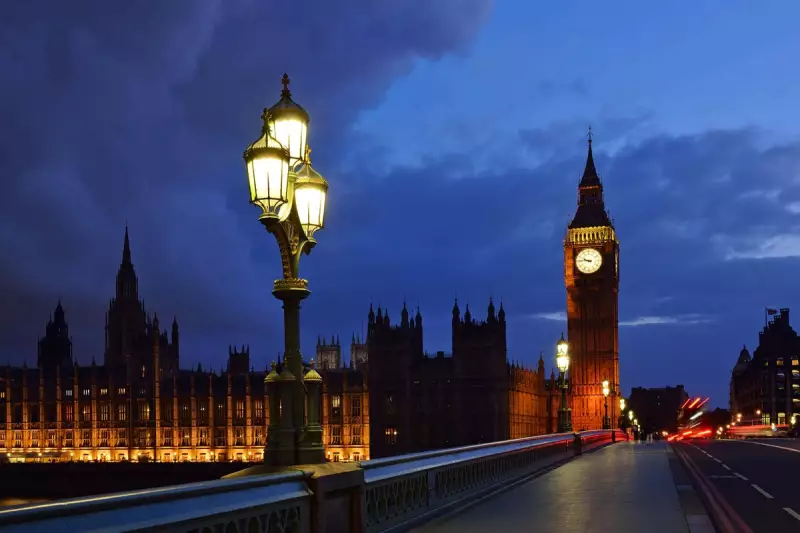
Chancellor Rachel Reeves has unveiled a Budget that positions the UK for its most significant period of sustained tax and spending in modern history, according to fresh economic forecasts.
Tax Burden Reaches Historic Peak
The UK's tax burden is now projected to climb to an unprecedented level. The Office for Budget Responsibility (OBR) forecasts it will hit 38.3% of GDP in 2030/31, a new all-time record. This figure surpasses the previous peak of 37.7% forecasted earlier and stands more than five percentage points above the pre-pandemic level of 32.9% in 2019/20.
The primary drivers behind this increase are personal taxes. These include the ongoing freeze on income tax thresholds, which pulls more people into higher tax brackets, and a rise in employer national insurance contributions.
Record Spending on Welfare and Investment
Government expenditure is also set to break records. Spending on health and disability benefits is expected to exceed £100 billion per year for the first time, rising from £83.1 billion in 2025/26 to £103.6 billion in 2029/30. The OBR notes uncertainty around these figures due to sharply rising disability and health caseloads since the pandemic.
Total welfare spending is forecast to reach a new high of £389.4 billion per year by 2029/30. This revised forecast reflects policy changes such as the reversal of winter fuel payment cuts and the removal of the two-child limit in Universal Credit.
Furthermore, total public spending is projected to remain between 44% and 45% of GDP for nearly the entire decade. This represents the longest sustained period of such high government spending since the Second World War, lasting nine consecutive years from 2022/23 to 2030/31.
Debt and Investment in Historical Context
Public sector net debt is forecast to linger between 95% and 97% of GDP for the rest of the 2020s. This level was last seen in the early 1960s, a time when Harold Macmillan was Prime Minister.
In a contrasting trend, government investment is set for a boost. Public sector net investment is forecast to stay above 2% of GDP every year for the rest of the decade, marking the highest sustained level of investment since the 1970s. This would constitute eight consecutive years of investment above this threshold, a trend not witnessed in over forty years.





